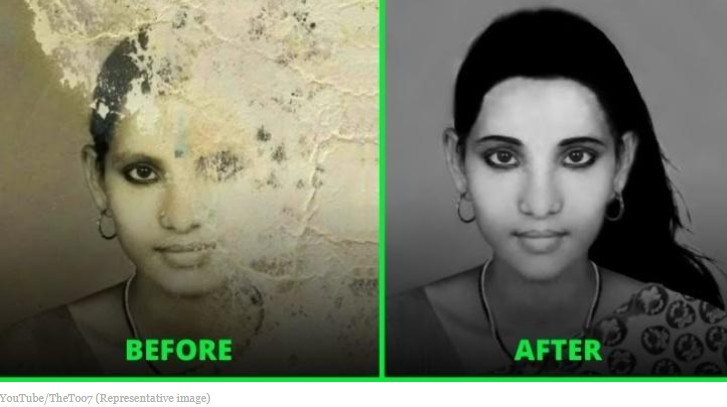
Software
An IIT Madras team has developed artificial intelligence to restore old, damaged photos to their original state.

IIT Madras researchers have used artificial neural networks to recreate CCTV images that have been damaged beyond recognition due to weather conditions.
The technology was developed by Dr. A.N. Rajagopalan, who holds the Sterlite Technologies Chair Professor position in the Department of Electrical Engineering at IIT Madras, and was supported by Maitreya Suin and Kuldeep Purohit from IIT Madras. It was first published in the journal IEEE.
To bring these degraded images back to life, Rajgopalan's Image Processing and Computer Vision Laboratory at the aforementioned institution is using artificial neural networks. The new style of play can be applied to a variety of situations.
The new system in use can be used to remove rain streaks, raindrops, haze, and motion blur from photographs.
Researchers found that looking at the damaged parts of the image while also cleaning it was nearly impossible for a single neural network to do, so they split the tasks into two phases.
One neural network was trained to locate the degraded component in the first stage, and the neural network uses this information to restore the image in the second stage. Bad weather in the form of rain and haze causes severe loss of image quality, Dr. Rajagopalan says.
Raindrops on camera lenses is a similar issue that presents its own collection of difficulties. These effects can have a negative impact on the performance of computer vision systems used for autonomous driving, drone photography, and surveillance, to name a few applications.
Owing to non-uniform depth differences in the haze, drop sizes and positions in raindrops, and rain streak directions and locations, these degradations have a high spatial variability. To test their neural networks, the researchers used publicly accessible datasets of rain streaks, haze, raindrops, and motion blur.
They used information distillation for image restoration as well as deteriorated position prediction. As a result, the system was able to outperform conventional methods.
Our premise is to direct the restoration process using the auxiliary task of degradation mask prediction, he continued. We show that completing this auxiliary task gives network layers critical localizing capacity. We use careful information distillation to pass this capacity to the main restoration network, focusing on the refining of damaged regions with this additional knowledge.
Even though this technology is only intended to restore corrupted CCTV images, it would be fascinating to see how it could be used for other purposes.
